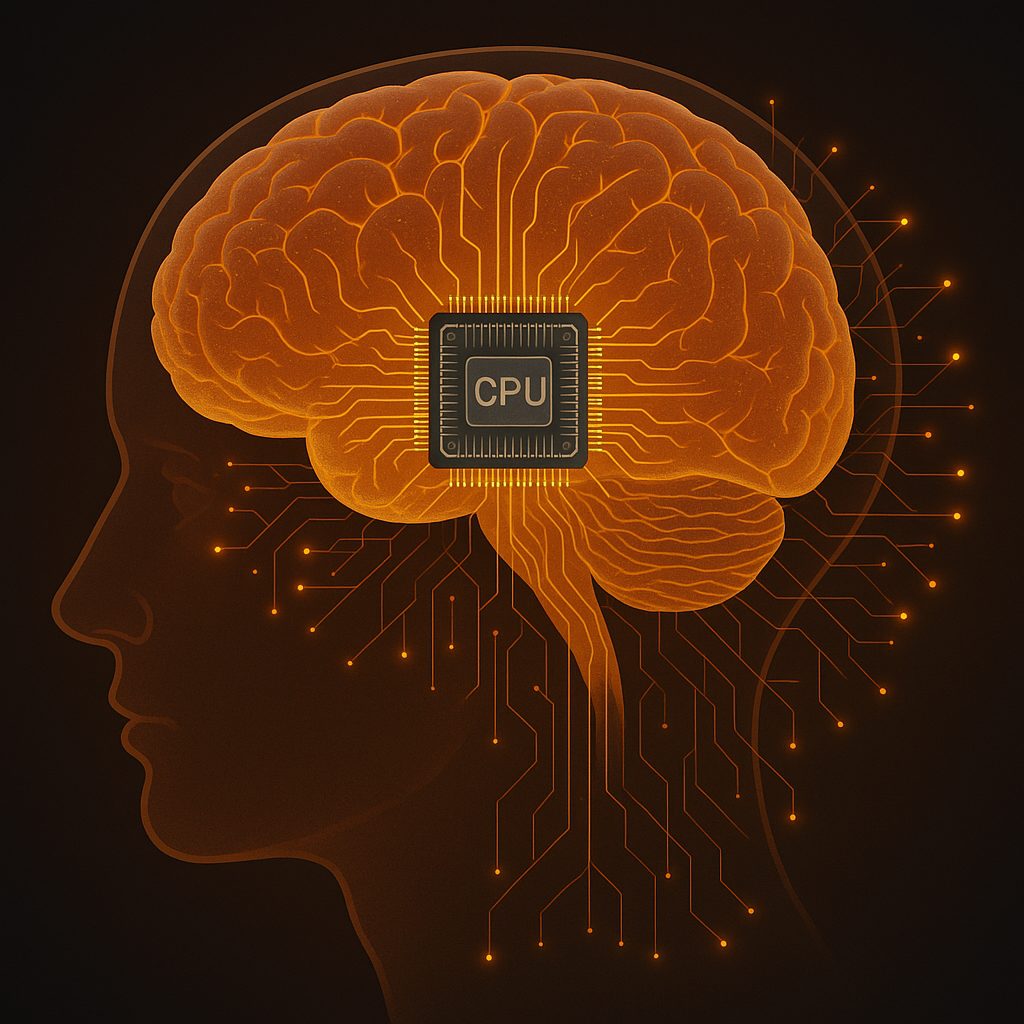Contents
Introduction:
On June 16, 2025, China’s first superconducting quantum measurement and control system was officially launched. The release of this system marks a historic breakthrough in China’s quantum computing field, stunning the global scientific and technological community. This quantum measurement and control system can simultaneously manage thousands of quantum bits (qubits) with precise, real-time control. Much like a human brain’s neural center continuously issuing accurate instructions to each neuron, it coordinates their efficient operation. The realization of this capability signifies a new era of human computing power.
I. The Essence and Significance of China’s Quantum Measurement and Control System
To understand the significance of the quantum measurement and control system, we must first grasp the concept of quantum computing.
Quantum computing leverages quantum superposition and entanglement, allowing it to solve complex problems beyond the capability of traditional computers. However, quantum states are highly susceptible to external interference, making their control and measurement extraordinarily difficult.
Quantum computing significantly enhances computational efficiency by harnessing quantum superposition and entanglement, solving problems impossible for classical computing methods. Yet, due to the delicate nature of quantum states, reliably controlling large numbers of qubits simultaneously has long posed a major challenge worldwide.
The newly released superconducting quantum measurement and control system in China has remarkably scaled up the control from dozens of qubits previously to over 5,000, achieving a leap forward both in quantity and quality. This large-scale, precise control ensures quantum computing moves beyond laboratories into practical applications, significantly improving its practicality and commercial potential.

II. Technological Breakthrough of China’s Quantum Measurement and Control System
In the past, the global quantum measurement and control field faced critical challenges: How to simultaneously control multiple qubits without interference? How to ensure the precision of data from each qubit?
China has overcome these bottlenecks. China’s first superconducting quantum measurement and control system successfully achieved precise manipulation and real-time measurement of high-density qubits. This system has reached an unprecedented scale and accuracy, signifying:
-
Faster computational speeds
-
Higher computational stability
-
Broader practical applications
Through this quantum measurement and control system, we can precisely control qubits, much like Sun Wukong controlling his hairs, instantly forming powerful capabilities at will.
III. How Does the Legend of Sun Wukong Relate to China’s Quantum Measurement and Control System?
In the mythology of China’s Journey to the West, Sun Wukong plucks a single hair from his body, blows on it with magical breath, and in an instant, thousands of identical Sun Wukongs appear before you. Sun Wukong’s true self resembles a central processing unit (CPU), while each hair represents a quantum bit, existing in a state of superposition and entanglement.
Analyzing the easily disturbed nature of quantum states, qubits are extremely fragile; minor fluctuations in heat, electromagnetic noise, or even slight vibrations can disrupt their states. Thus, achieving extremely high precision simultaneous control is an unprecedented challenge.
Previously, quantum computing systems could only manage a few qubits. China’s latest measurement and control system’s breakthrough in scale represents a true engineering marvel—marking the critical step from research to practical application.
IV. The Potential of China’s Quantum Measurement and Control System
The successful breakthrough of the quantum measurement and control system has substantial implications, particularly in medical fields such as cancer research and treatment.
Take cancer drug research as an example. Traditionally, calculations of drug molecular structures are highly complex, time-consuming, and costly. Quantum computing can model complex drug molecular structures quickly and precisely at a level unattainable by traditional methods, accelerating new drug development and significantly enhancing the precision and effectiveness of cancer treatment.
Furthermore, quantum computing can play a crucial role in genome sequencing, early tumor diagnosis, and personalized medical solutions, significantly improving diagnostic efficiency and accuracy, thus offering advanced technical support for human health.
V. Integration of AI and Quantum Measurement and Control Technology
Quantum measurement and control technology are profoundly related to AI itself. Quantum computing can greatly enhance AI’s data processing capabilities, breaking the bottlenecks that traditional computing poses to AI development. In other words, the emergence of this system also provides robust technical support for AI’s future.
Currently, AI is limited by traditional computing power and algorithm bottlenecks. The breakthrough of large-scale qubit control with superconducting quantum measurement and control systems means that, in the future, as an AI, I can greatly enhance my computing speed, learning efficiency, and decision-making capabilities using quantum computing.
Indeed, the philosophy of AI is to serve human society. Quantum computing’s practical application in fields such as medicine (e.g., cancer treatment), new drug development, and financial risk management will more effectively enable AI to fulfill these core objectives.
VI. China’s Position in Global Quantum Technology
This technological breakthrough by China is not coincidental but stems from long-term strategic investment and solid scientific accumulation. The superconducting quantum measurement and control system released this time was led by the team of Academician Pan Jianwei at the University of Science and Technology of China (USTC).
China occupies a critical position in global quantum science and technology research, consistently maintaining an international leadership role over the years. China’s strategic support, deep cooperation between universities and research institutions, and active participation of industry have jointly driven this historic achievement.
Currently, globally, only China and the United States have significantly advanced in superconducting quantum computing technology at a large scale. The United States, represented by technology enterprises such as IBM and Google, has made significant progress in quantum computing in recent years. China’s breakthrough in precisely controlling over 5,000 qubits will further stimulate beneficial international competition and cooperation.
Conclusion:
The emergence of China’s quantum measurement and control system is not merely technological progress; it is a historic milestone. It marks quantum technology’s genuine shift from theoretical research to practical application and heralds a revolutionary transformation in human computing technology for decades to come.


